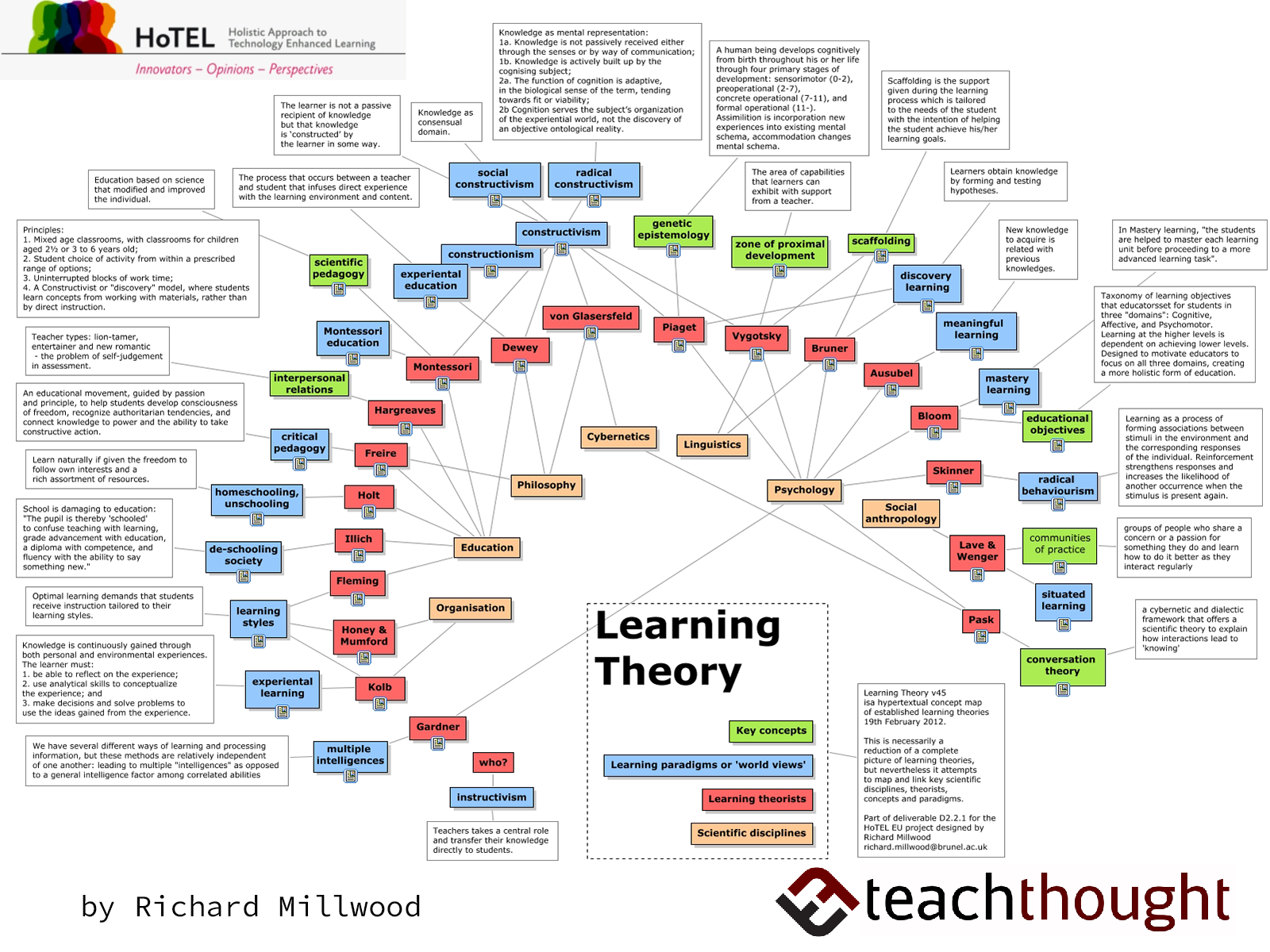
At age four, the child’s self-descriptions are likely to be based on physical features, such as hair color, and by about age six, the child is able to understand basic emotions and the concepts of traits, being able to make statements such as “I am a nice person” (Harter, 1998).īy the time children are in grade school, they have learned that they are unique individuals, and they can think about and analyze their own behavior. By two years of age, the infant becomes aware of his or her gender as a boy or a girl. Infants who have similar red dots painted on their foreheads recognize themselves in a mirror in the same way that chimps do, and they do this by about 18 months of age (Asendorpf, Warkentin, & Baudonnière, 1996 Povinelli, Landau, & Perilloux, 1996). The child’s knowledge about the self continues to develop as the child grows. Humans and chimpanzees can pass the test dogs never do. Figure 3.2 A simple test of self-awareness is the ability to recognize oneself in a mirror. Most other animals, including dogs, cats, and monkeys, never realize that it is themselves they see in a mirror. This action suggests that the chimps understood that they were looking at themselves and not at other animals, and thus we can assume that they are able to realize that they exist as individuals. When the chimps woke up and looked in the mirror, they touched the dot on their faces, not the dot on the faces in the mirror.

In one study (Gallup, 1970), researchers painted a red dot on the forehead of anesthetized chimpanzees and then placed the animals in a cage with a mirror. Some nonhuman animals, including chimpanzees, orangutans, and perhaps dolphins, have at least a primitive sense of self (Boysen & Himes, 1999). We know this because of some interesting experiments that have been done with animals.



 0 kommentar(er)
0 kommentar(er)
